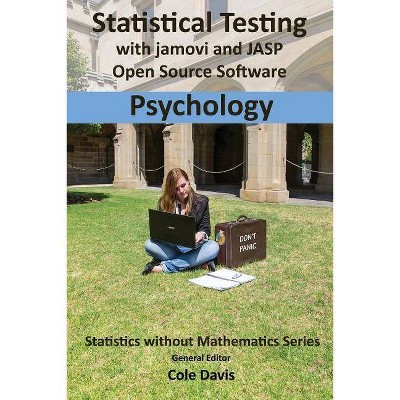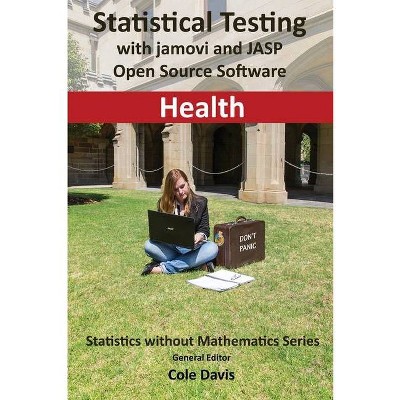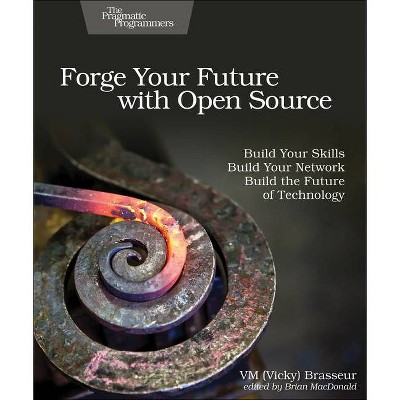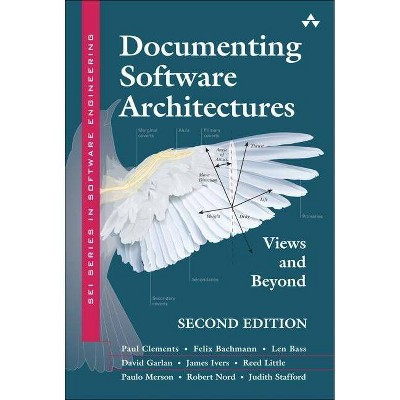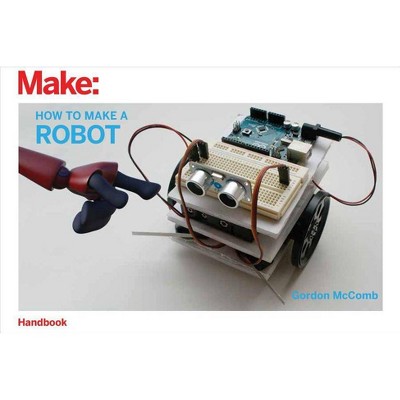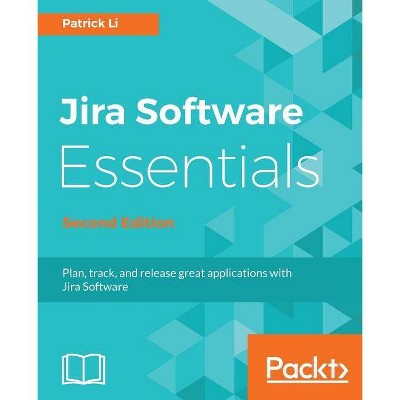How Open Source Ate Software - 2nd Edition by Gordon Haff (Paperback)
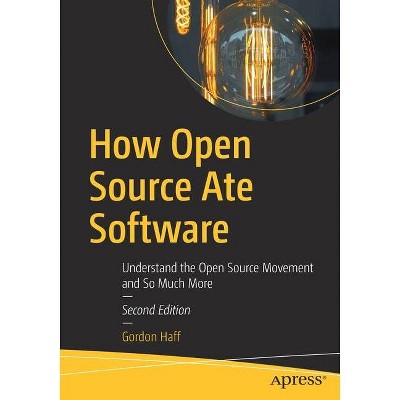
Similar Products
Products of same category from the store
AllProduct info
<p/><br></br><p><b> About the Book </b></p></br></br>Learn how free software became open source and how you can sell open source software. This book provides a historical context of how open source has thoroughly transformed how we write software, how we cooperate, how we communicate, how we organize, and, ultimately, how we think about business values. This fully updated second edition includes an entire chapter on legal considerations such as trademarks and the latest happenings in open source licensing. It also expands on open hardware trends such as RISC-V, open governance, and the difference between community projects and commercial products, especially as seen through the lens of security. You'll look at project and community examples including Linux, BSD, Apache, and Kubernetes, understand the open source development model, and how open source has influenced approaches more broadly, even within proprietary software, such as open betas. You'll also examine the flipside, the "Second Machine Age," and the challenges of open source-based business models. Today, open source serves as shorthand for much broader trends and behaviors. It's not just about a free (in all senses of the word) alternative to commercial software. It increasingly is the new commercial software. How Open Source Ate Software, second edition reveals how open source has much in common, and is often closely allied, with many other trends in business and society. You'll see how it enables projects that go beyond any individual company. That makes open source not just a story about software, but a story about almost everything. You will: Review the opportunities that open source creates and the challenges that come with them See the ways in which companies can create business models to successfully sell "free" software Understand how the open source development model works from creating communities to selling commercial products Examine the important issues associated with open source project and product governance and licensing Look at how open source principles can apply more broadly to DevOps and other organizational practices<p/><br></br><p><b> Book Synopsis </b></p></br></br><p></p><p>Learn how free software became open source and how you can sell open source software. This book provides a historical context of how open source has thoroughly transformed how we write software, how we cooperate, how we communicate, how we organize, and, ultimately, how we think about business values. </p> <p>This fully updated second edition includes an entire chapter on legal considerations such as trademarks and the latest happenings in open source licensing. It also expands on open hardware trends such as RISC-V, open governance, and the difference between community projects and commercial products, especially as seen through the lens of security. <p/> You'll look at project and community examples including Linux, BSD, Apache, and Kubernetes, understand the open source development model, and how open source has influenced approaches more broadly, even within proprietary software, such as open betas. You'll also examine the flipside, the "Second Machine Age," and the challenges of open source-based business models. </p> <p>Today, open source serves as shorthand for much broader trends and behaviors. It's not just about a free (in all senses of the word) alternative to commercial software. It increasingly is the new commercial software. <i>How Open Source Ate Software, second edition</i> reveals how open source has much in common, and is often closely allied, with many other trends in business and society. You'll see how it enables projects that go beyond any individual company. That makes open source not just a story about software, but a story about almost everything.</p> <p><b>What You'll Learn</b></p> <p></p><ul><li>The opportunities that open source creates and the challenges that come with them</li><li>The ways in which companies can create business models to successfully sell "free" software</li><li>How the open source development model works from creating communities to selling commercial products</li><li>The important issues associated with open source project and product governance and licensing</li><li>How open source principles can apply more broadly to DevOps and other organizational practices</li></ul><p></p> <p><b>Who This Book Is For</b> <p/> Anyone who is contemplating building a community and a business around open source software. </p><br><p></p><p/><br></br><p><b> From the Back Cover </b></p></br></br><p>Learn how free software became open source and how you can sell open source software. This book provides a historical context of how open source has thoroughly transformed how we write software, how we cooperate, how we communicate, how we organize, and, ultimately, how we think about business values.</p><p>This fully updated second edition includes an entire chapter on legal considerations such as trademarks and the latest happenings in open source licensing. It also expands on open hardware trends such as RISC-V, open governance, and the difference between community projects and commercial products, especially as seen through the lens of security. <p/>You'll look at project and community examples including Linux, BSD, Apache, and Kubernetes, understand the open source development model, and how open source has influenced approaches more broadly, even within proprietary software, such as open betas. You'll also examine the flipside, the "Second Machine Age," and the challenges of open source-based business models. </p><p>Today, open source serves as shorthand for much broader trends and behaviors. It's not just about a free (in all senses of the word) alternative to commercial software. It increasingly is the new commercial software. <i>How Open Source Ate Software, second edition</i> reveals how open source has much in common, and is often closely allied, with many other trends in business and society. You'll see how it enables projects that go beyond any individual company. That makes open source not just a story about software, but a story about almost everything.</p><p>You will: </p><p></p><ul><li>Review the opportunities that open source creates and the challenges that come with them</li><li>See the ways in which companies can create business models to successfully sell "free" software</li><li>Understand how the open source development model works from creating communities to selling commercial products</li><li>Examine the important issues associated with open source project and product governance and licensing</li><li>Look at how open source principles can apply more broadly to DevOps and other organizational practices</li></ul><p></p><p></p><p></p><p></p><p/><br></br><p><b> About the Author </b></p></br></br><p><b>Gordon Haff</b> is Red Hat technology evangelist, is a frequent and highly acclaimed speaker at customer and industry events, and helps develop strategy across Red Hat's full portfolio of cloud solutions. He is the co-author of Pots and Vats to Computers and Apps: How Software Learned to Package Itself in addition to numerous other publications. Prior to Red Hat, Gordon wrote hundreds of research notes, was frequently quoted in publications like The New York Times on a wide range of IT topics, and advised clients on product and marketing strategies. Earlier in his career, he was responsible for bringing a wide range of computer systems, from minicomputers to large UNIX servers, to market while at Data General. Gordon has engineering degrees from MIT and Dartmouth and an MBA from Cornell's Johnson School. Follow him on Twitter @ghaff. </p>
Price History
Price Archive shows prices from various stores, lets you see history and find the cheapest. There is no actual sale on the website. For all support, inquiry and suggestion messages communication@pricearchive.us

